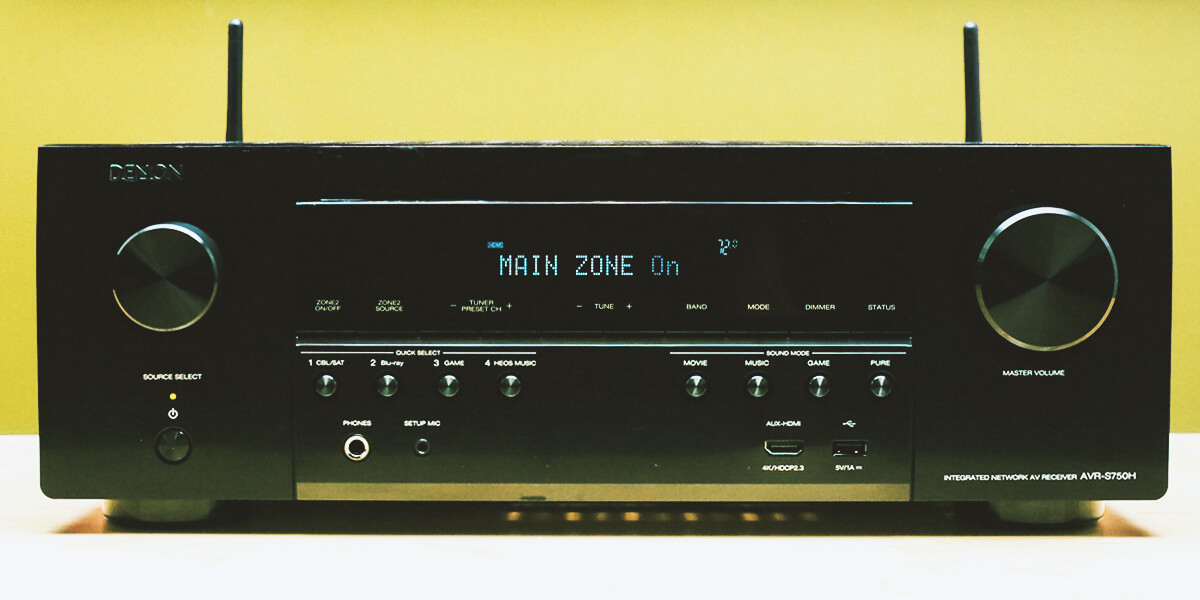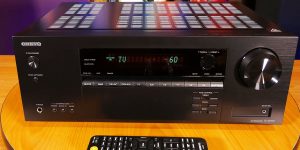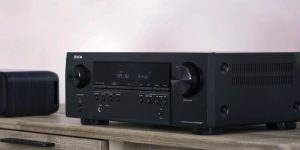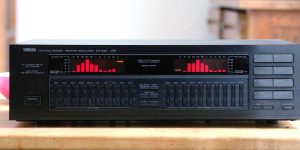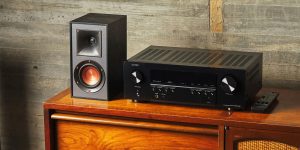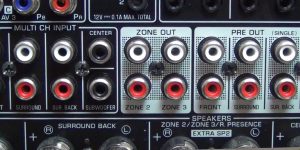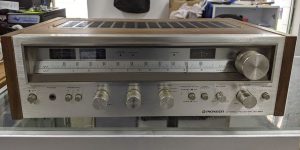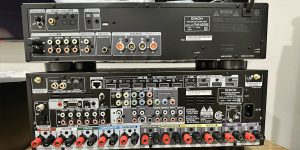AV receivers are a common and famous term for many people, but not everyone understands their purpose. This article aims to provide a better understanding of these devices without overwhelming the reader with technical jargon. While some technical terms will be used, my goal for today is to briefly introduce you to AV receivers and their features.
What is an AV receiver?
An AV receiver is a key component of a home theater system that receives audio and video signals from multiple devices to enhance their quality and deliver them to speakers and TV. It can also work with various streaming services and provides wireless connectivity and immersive surround sound playback for an enhanced entertainment experience.
What are the main tasks of an AV receiver?
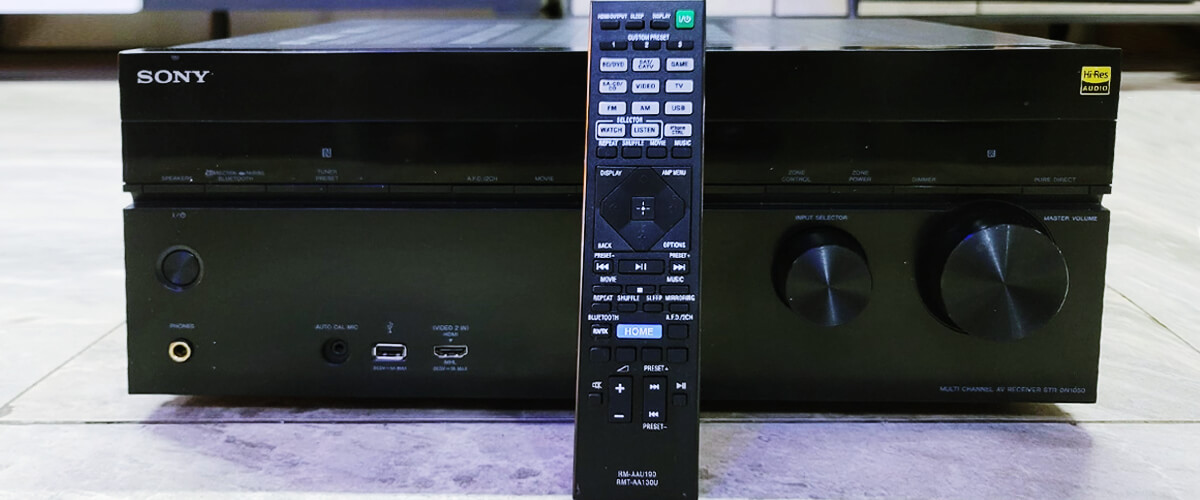
Home theater AV receiver is the heart of any home entertainment setup, the main task of which is to decode digital audio tracks, convert the digital stream to analog, and amplify each channel. Additionally, to process both audio and video signals, switch sources, and output video to one or more displays. AV receivers can be used for watching video content and listening to music in various formats.
Source switching
One of the primary tasks of an AV receiver is to switch between different audio and video sources that utilize the inputs, such as HDMI for cable or satellite TV boxes and streaming devices, component video for DVD players and gaming consoles, composite video for VCRs or camcorders, and analog and digital audio inputs for CD players, turntables, and additional audio equipment.
Audio and Video Processing
Another important function is audio and video processing. Modern receivers can upscale lower-quality video signals to higher resolutions, up to 4K and 8K, using special algorithms that enhance the image quality. These devices can also decode various audio formats, from stereo to immersive surround sound. They process the signals to optimize the sound quality based on the listener’s preferences and the acoustic characteristics of the listening room.
Amplification
Modern AV receivers also include built-in amplifiers that boost the audio signals received from the various input sources and send them out to the connected speakers. The amount of power needed will depend on factors such as the size of the room, the sensitivity of the speakers, and the user’s personal listening preferences. Many modern AV receivers include multiple channels of amplification, up to 11 or more channels for immersive surround sound.
Room Correction
Many modern AV receivers also feature room correction, analyzing the acoustic properties of a listening room and adjusting audio output to compensate for any acoustic irregularities such as echoes or resonances. This process improves overall sound quality and creates a more immersive audio experience.
Networking
Finally, modern AV receivers often include networking capabilities, allowing them to connect to home networks and access streaming services such as Spotify, Pandora, or Tidal. Many AVRs also feature wireless connectivity, such as Wi-Fi and Bluetooth, allowing users to stream audio from their mobile devices and computers without needing to connect cables physically.
The main components of AV receivers
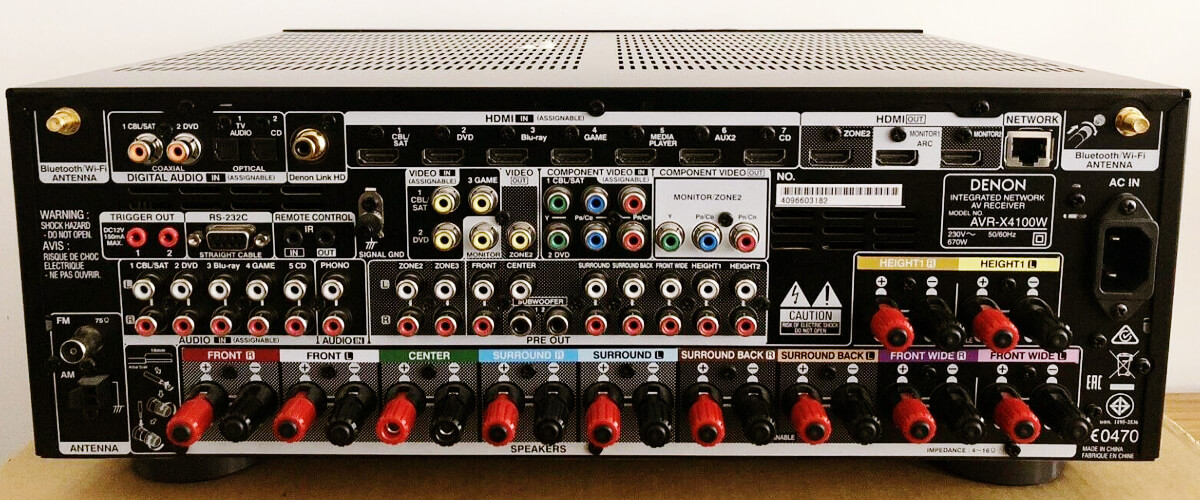
Understanding the basic functions that I’ve provided above can help comprehend the device’s purpose. Although some individuals may deem our next section redundant, those contemplating buying one may find this knowledge beneficial.
Preamplifier
A pre-amplifier can improve your listening experience when connecting multiple devices, like turntables, CD players, or Network Audio players, to your home theater system. It functions as a hub, effectively directing signals to produce high-fidelity audio. To achieve the finest sound quality, select a pre-amplifier that meets your specific needs and focuses on engineering and features that enhance your overall listening experience. With the right pre-amplifier, you can immerse yourself in your favorite music and movies.
Amplifier
AV receivers have built-in amplifiers that enhance audio signals and transmit them to connected speakers. Modern AV receivers use different classes of amplifiers with varying benefits and drawbacks. For example, class A amplifiers offer high sound quality but consume more power, while Class AB amplifiers offer a balance between sound quality and efficiency. Class D amplifiers are highly efficient and ideal for receivers with multiple channels, and Class G/H amplifiers deliver superior sound quality and efficiency in high-end models.
Sound processor
Today, receivers use DSP for precise audio signal control, enabling EQ, tone, and other parameter customization. In addition, surround sound technologies create immersive 3D sound and precise sound placement. Other features include simulated height channels and сertification for quality and performance standards.
Video processor
Video processing technologies are employed to improve the quality of video content, resulting in an enhanced viewing experience. Upscaling increases the resolution of lower-quality video signals, while High Dynamic Range (HDR) expands the range of brightness and contrast. The latest models also support video standards like 4K and 8K and advanced features such as video calibration for the most optimal viewing.
Input-output deck
Receivers have input and output ports such as HDMI, USB, Ethernet, RCA, and others. The number and type of ports vary by model, with high-end models offering more than 5 HDMI and multiple USB ports. HDMI ports enable the connection of devices like gaming consoles and Blu-ray players. At the same time, audio inputs and outputs allow connection to various audio sources and speakers in different channel setups.
Conclusion
Why are these devices so popular? An AV receiver is a crucial element for any home theater system. Thanks to state-of-the-art sound and video processing technologies that significantly improve the overall listening and viewing experience AVRs are almost always light to set up in any configuration, easy to combine with devices already available at home, and comfortable to use on a daily basis. They can really take watching movies or listening to music to a whole new level.

